“Nobody wants brown furniture any more,” lamented the Dublin upholsterer handing me the chair he had just covered. “They’re all being painted in bright colours these days. Nobody likes brown.”
According to many interior design specialists we spoke to however, he couldn’t be further from the truth.
Brown is back, asserts Geri O’Toole of Geri Designs in Limerick.
“It’s like the new grey. I am seeing it appearing everywhere; not the heavy mahogany type used in dining tables, wardrobes and sleigh beds, but oak stained in really nice brown shades,” O’Toole says.
READ MORE
“I did a kitchen island recently in this tone. I think it is an antidote to the grey trend and a different way of looking at it.”
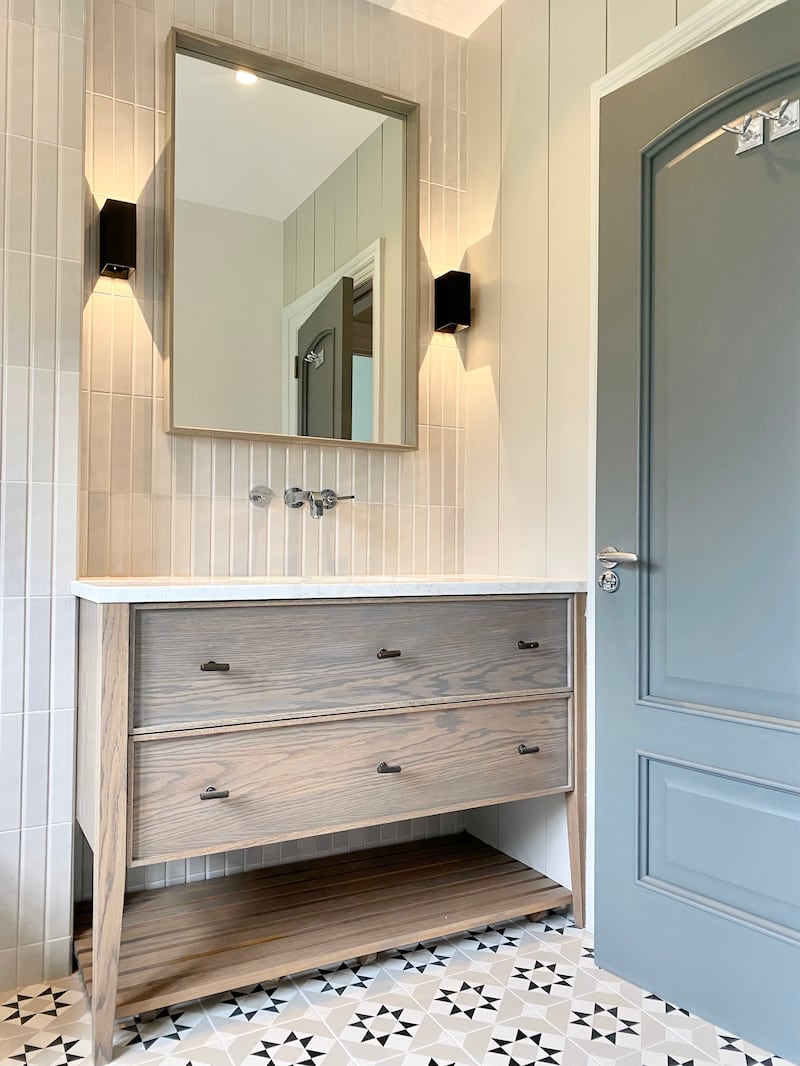
The taste for warm neutrals, beige, brown and cream may reflect our post pandemic emotional need for comforting and calming shades after lockdown and prolonged confinement indoors.
“Earth tones are really making a comeback,” agrees Sinéad Gunnigle of Love Nest interiors store in Waterford. “Green and murky browns are classic and restful,” Gunnigle says.
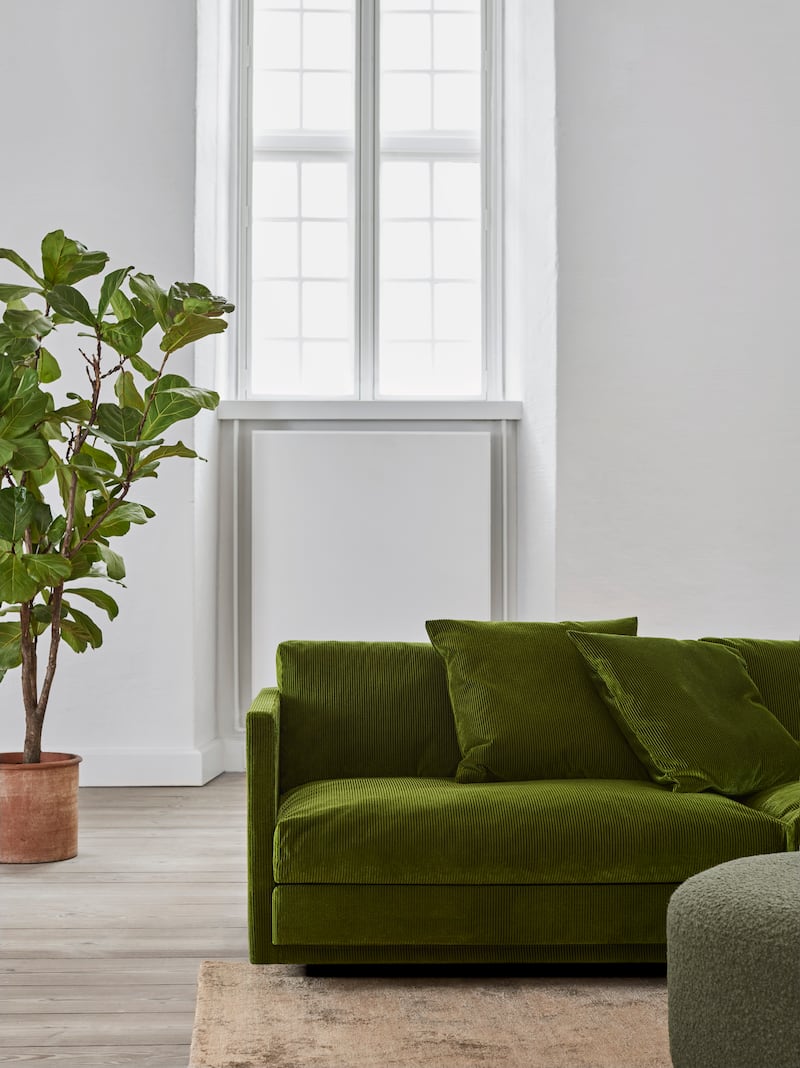
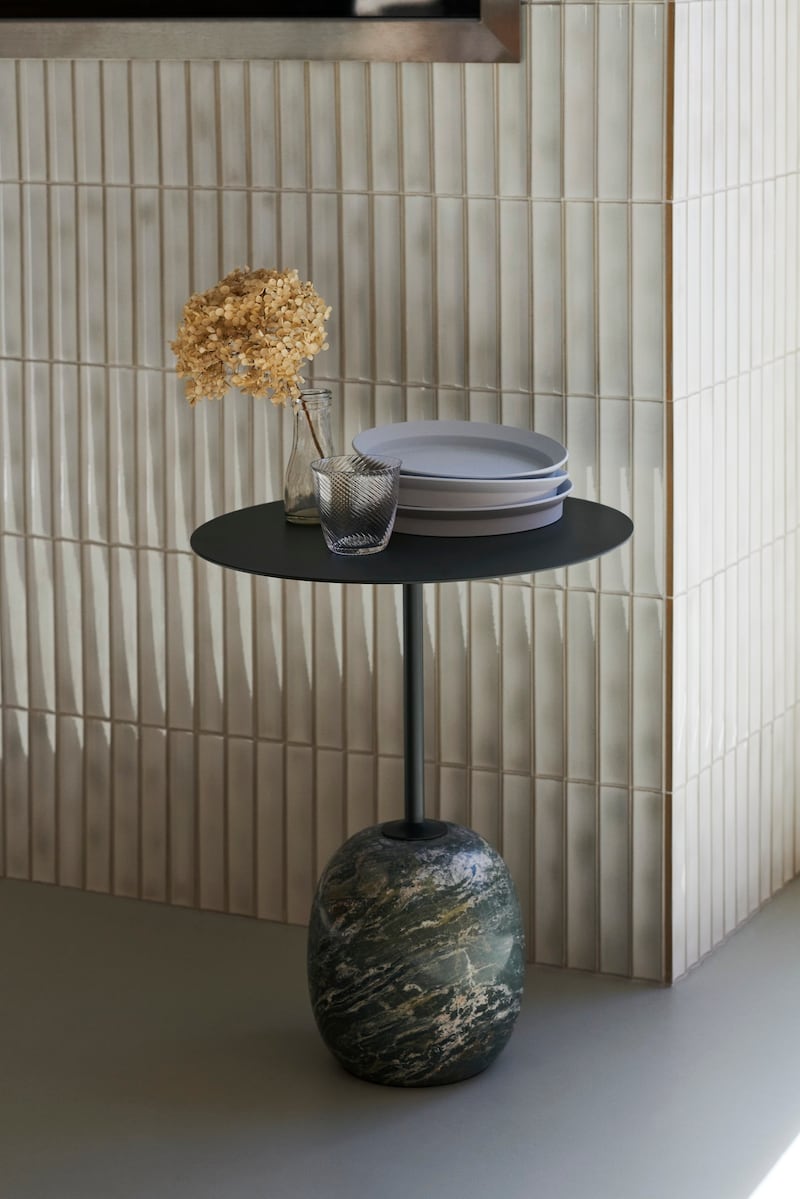
Accents of green, a powerhouse hue and pink continue to be resilient, with Farrow & Ball reporting the popularity of the darker shades of Green Smoke and Studio Green, though Emerald in a 1stDibs survey commanded the top spot.
Bring outside in
Spring to summer interiors are also about ways of bringing the outside in and the inside out. According to Eva Byrne of Houseology.ie, the fastest way to introduce the idea of summer is with a stripy canvas cover on the front door that not only protects against the damaging effects of hard sun on a dark wooden surface, but also proclaims the new season and brightens up the house exterior.
Byrne is a great believer in the use of awnings.
“We have a canvas awning from Habitat and it shades the front courtyard creating a nice sense of an outdoor room and is a lovely place to sit – its honey effect on the inside is also beautiful,” Byrne says.
Placing armchairs near the light and away from the fireplace is another way to refresh a room for the new season.
“Cushions can create change – like a nautical combination of navy and cream,” she says.
Add interest
Rebecca Roe of Hedgeroe home furniture notes a trend for updating furniture with ribbing details. “Linear fluting that can be seen breaks up bigger pieces like a chest of drawers or a bedside table,” Roe says.
Marquetry details – in wood or brass – are lighter ways of adding interest to a plain wooden dining table or cupboard while dimmable cordless lights with built in light switches create mood for bed or livingroom spaces.
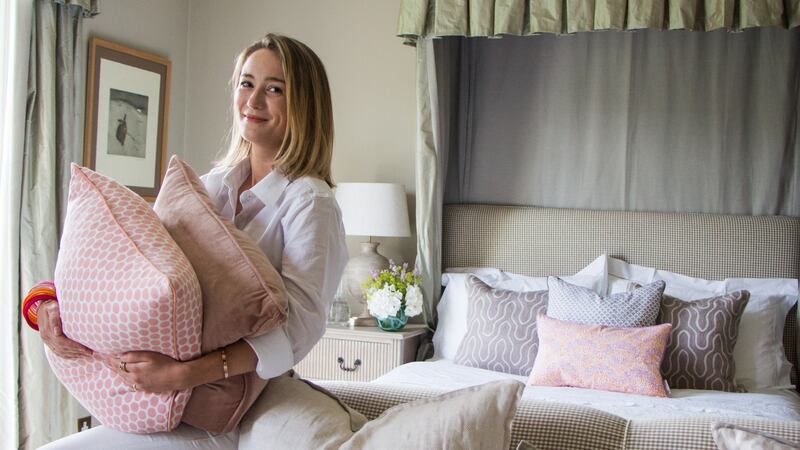
“They used to be very expensive but are now more affordable and ceramic lamps that can be moved around easily are very popular,” Roe adds.
For kitchens, another significant trend is the use of natural stone. “Twenty years ago people were using granite and then moved to fake stone because it was so well made, but now I use mostly Italian marbles like Carrara and quartzite,” says O’Toole. “What is really popular is heavily veined marble, super busy on the eye, for bathrooms as well as kitchens.”
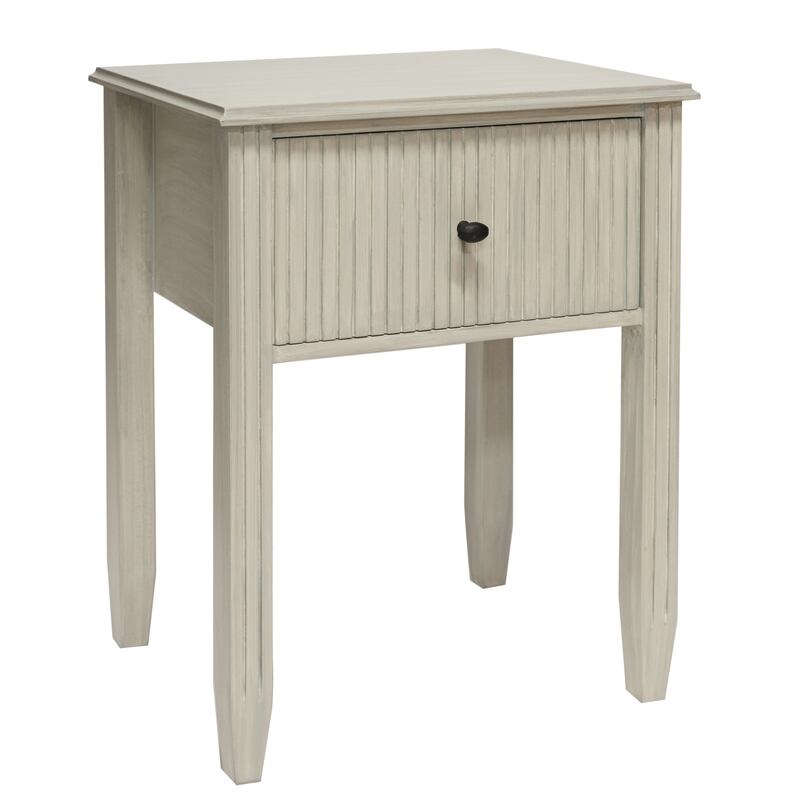
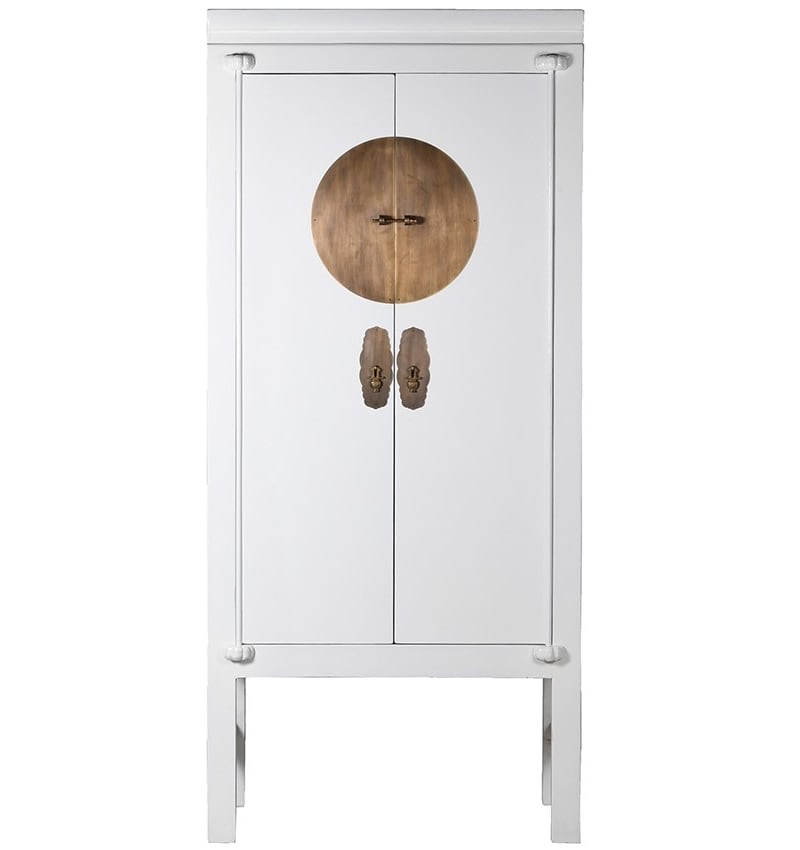
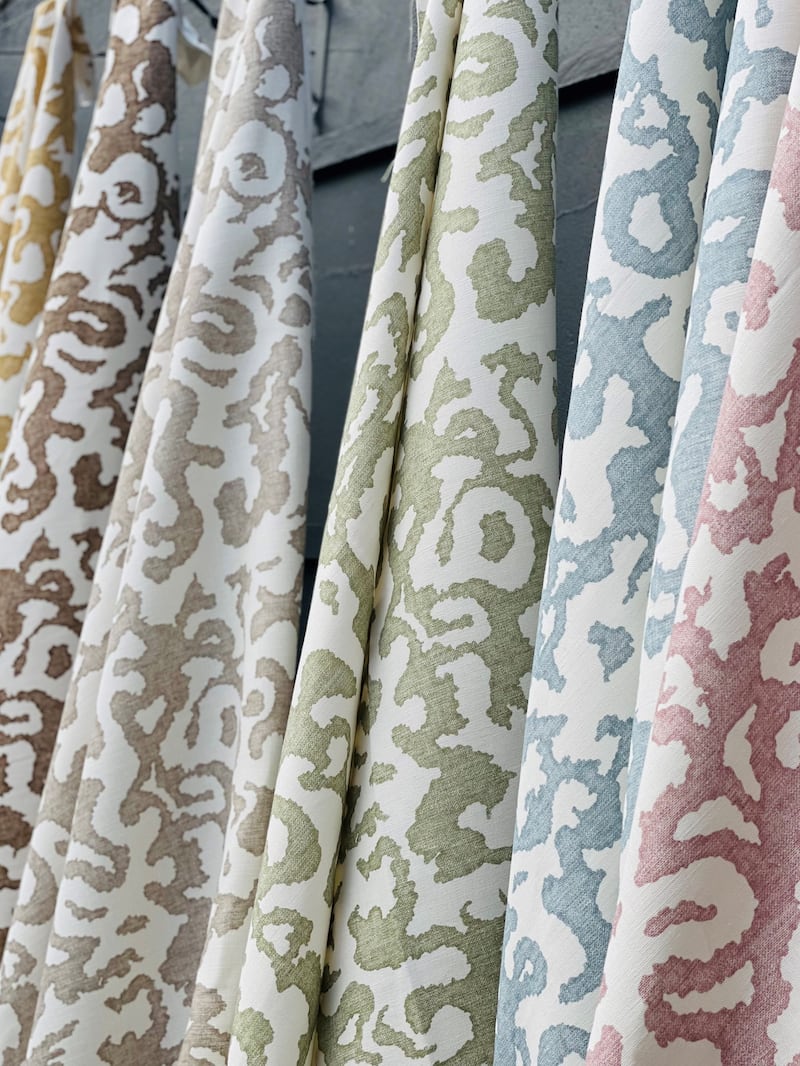
Fabrics are key for making a room look fresh and light. “Our salt marsh designs in Irish linen are 50 per cent colour and 50 per cent white, when florals can be oppressive. Artwork and rugs are often forgotten ways of introducing pattern and colour,” Roe says.
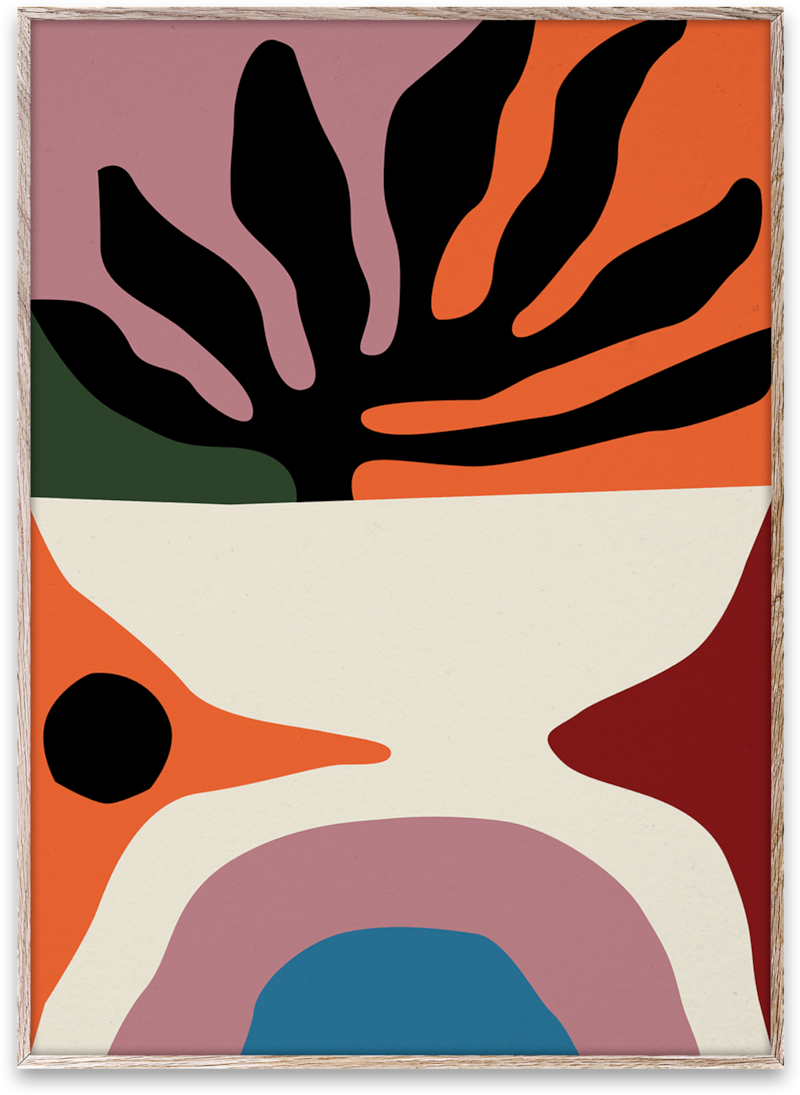
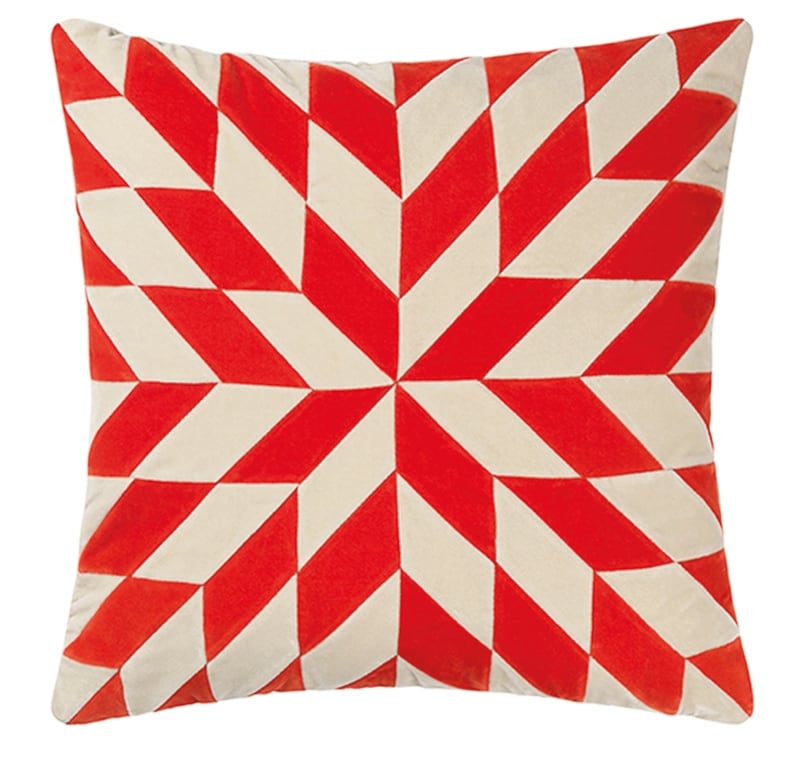
“Our climate is so cold that I stick with warmer rather than light colours like ochre and mustard for walls because they look rich in a livingroom. For curtains, I tend to go for neutral with colour in the trim – you can update the trims on a good base fabric and save expense.”
Farewell open-plan
According to Julianne Kelly, who runs an interiors consultancy and shop in Dublin, there is a “massive return to closed living spaces – the advantages include privacy, lower heating costs, more wall space for art or decor and concealing clutter”.
In her opinion, the most popular design trends include the use of bold colour, mixed metal finishes, statement lighting and wall panels. “It’s great to see people not shying away from darker, stronger colours. We are also seeing arches in products like consoles, coffee tables and artwork in this appealing shape,” Kelly says.
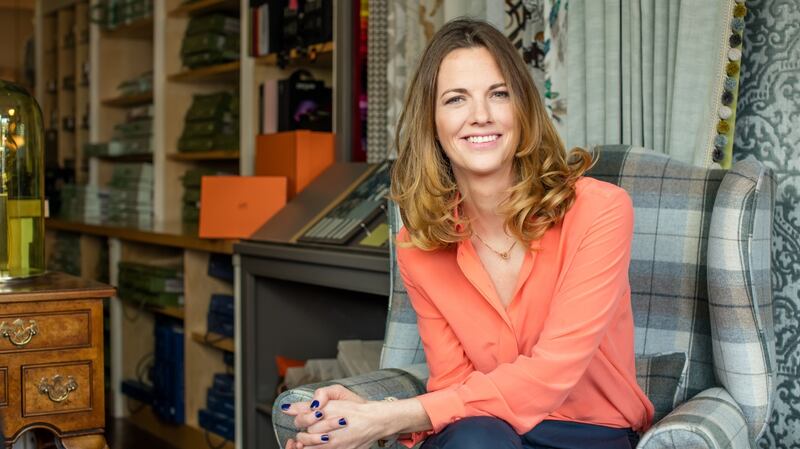
The use of artificial intelligence in interior design is also growing. Kelly cites apps such as canvas.io where homeowners can scan their room and get a complete set of measurements and drawings in minutes while others such as interiorai.com will actually design a room based on your requirements.
“It’s early days yet and I have yet to see one that I like but it’s interesting (and scary!) though I can’t see how it will replace designers,” Kelly says.
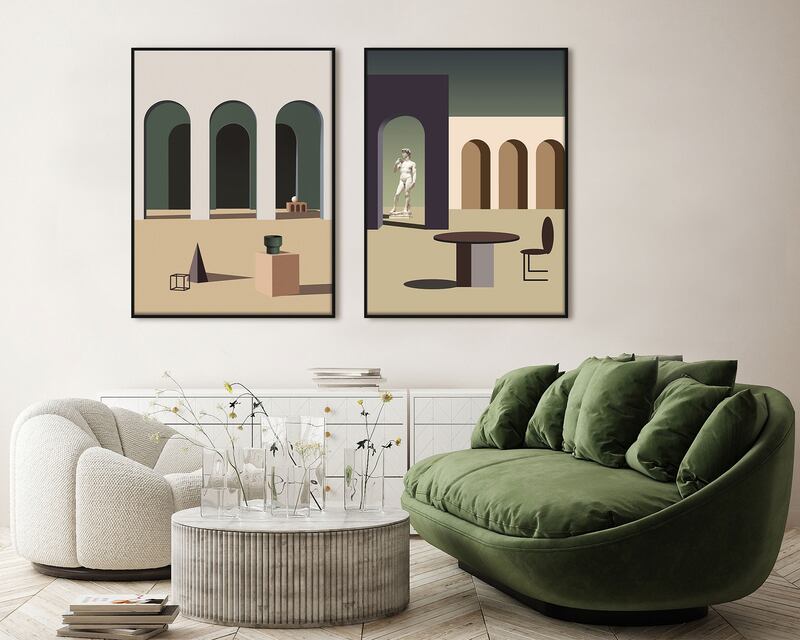
When it comes to interior design, the award winning London based Irish designer Bryan O’Sullivan, known for setting rather than following trends with many high profile international clients, has the final say.
“We try to look back at the 30s, 40s and 50s and take as much inspiration from them as we need – it gives more of a timeless feel. Having said that, there are certain definite trends at the moment like plaster finishes which create more texture than flat surfaces – it makes an entry hall more elevated,” O’Sullivan says.
“Paul Marlow (the Belfast stuccodore) does a lot of projects for us using marmarino marble finishes with marble dust, but you can get similar effects with mineral paints like Bauwerk that creates cloudy, mottled effects and costs less.”
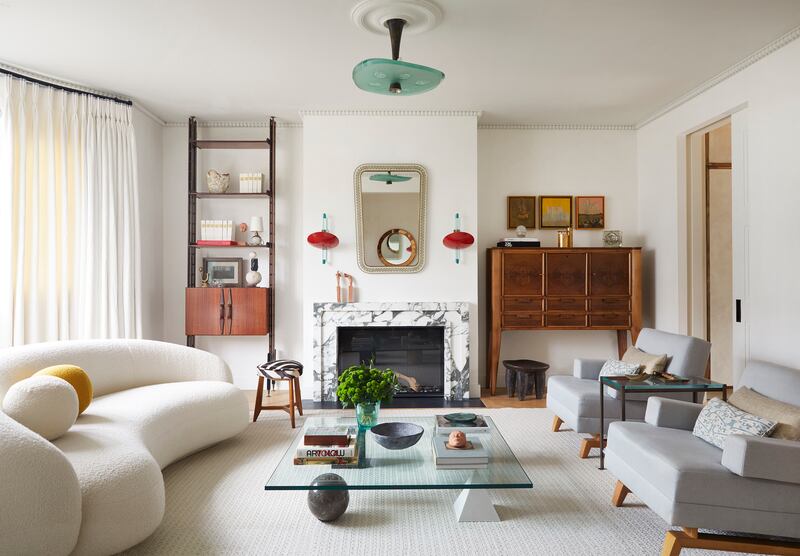
In his opinion the easiest way to change a room is with a deeper or lighter colour and he advises painting the ceilings, walls, skirting and doors the same, because it calms the room. “You can then focus on art or furniture,” he adds.
He also thinks it is a good thing to strip a room and then put things back and see if they work – possibly easier said than done.
“Try to declutter, as you can end up with too much stuff. Sometimes it is nice to strip out or swap things around and rearrange a room to get the best possible scenario,” O’Sullivan says. “We like to make a room look as if it has been curated over time and not a show house.”
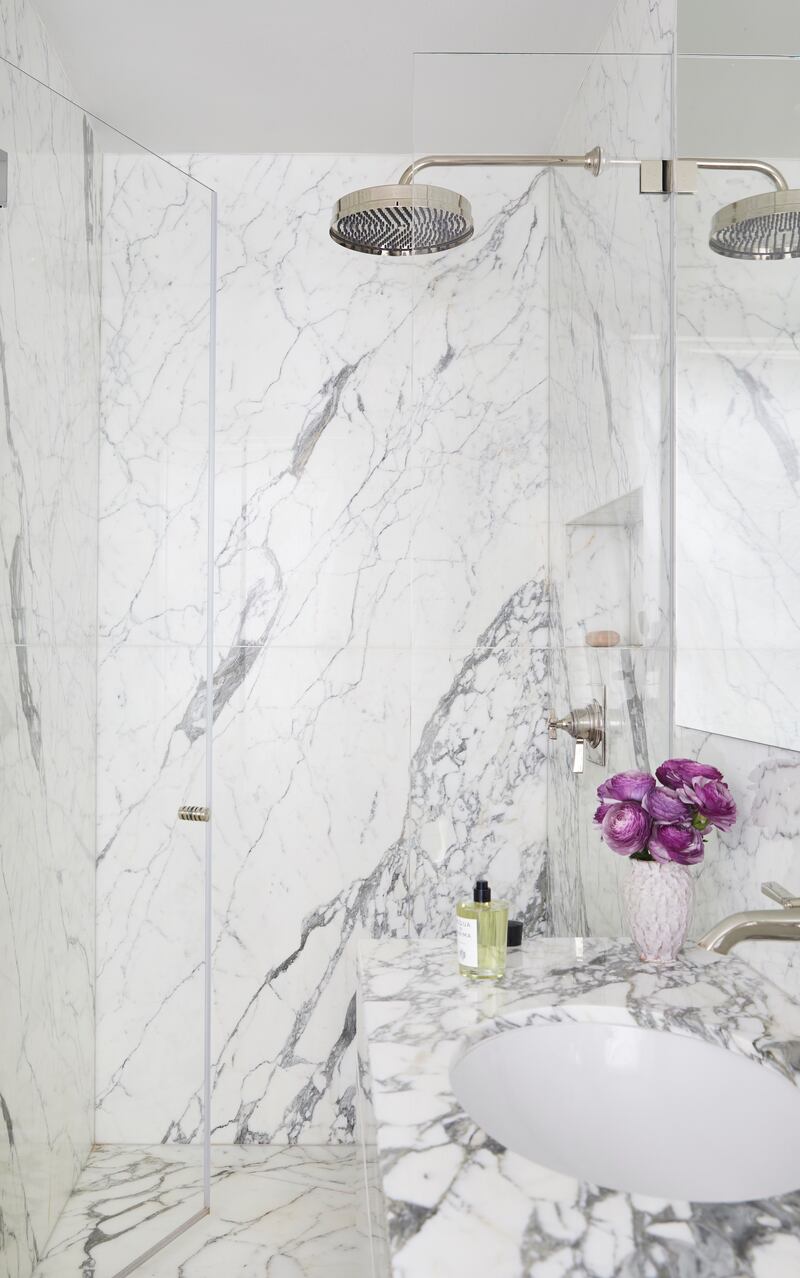
He also uses wallpaper in certain spaces. “Our go-to for diningrooms is to keep them bright and airy, but with small rooms that are intimate and dark, you can go crazy with wallpaper,” O’Sullivan says, adding that he loves Claire de Quenetain’s hand-painted papers with matching fabrics.
So what about the colour brown and brown furniture? “I think if it is a nice piece and well-made I would be more inclined to stick with what it is [rather than paint it],” O’Sullivan says.
“Wood texture in a room is good. Brown is great to use in the right setting as long as it is not overpowering. Everything comes full circle. It is all about the context.”











